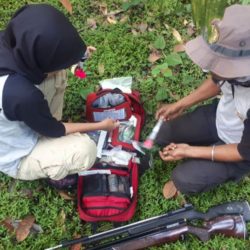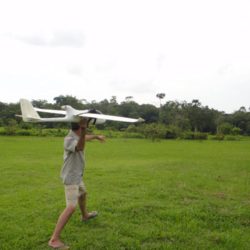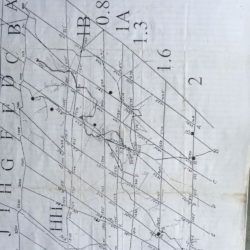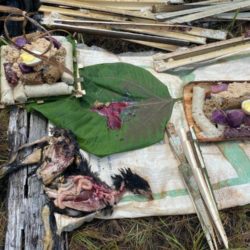The most obvious examples of such protocols are those found in official documents, such as guidelines and regulations surrounding orangutan rescue, rehabilitation, and reintroduction. But protocols can also take the form of quantitative methods for extracting generalisable data (e.g. orangutan population estimates) from specific places and populations. In turn, scientific data and analysis inform species management plans and strategies for coordinating different stakeholders’ efforts in accordance with current orangutan conservation priorities.
In documentary form, protocols may seem to be firm and pervasive structures that are imposed by ‘Government’, ‘Science’, or NGOs, thus shaping conservation from above. However, if we look at how protocols are created and enacted, we can see that they emerge out of and are constantly reworked through encounters between different ideas, practices and human and nonhuman players. Moreover, many protocols are never written down, but exist as dynamic routines, conventions, and formalities that shape conservation interactions.
This gallery explores some of the protocols that shape practices, experiences, and contexts of orangutan conservation. Some images highlight the work of schematisation: for example, dividing dense rainforest space into clearly identifiable sections, or translating complex realities into conceptual models. Others reveal protocols in action: how specific prescriptions and guidelines for orangutan rescue are put into practice, how data sheets structure primatologists’ daily lives, and how new research technologies generate new fieldwork protocols, data and conservation strategies.
There are, however, many other protocols that influence how orangutan conservation unfolds on the ground. Among them are protocols that rural communities who live in orangutan conservation landscapes use to manage their relations with conservationists. Many of these protocols are based on local social, moral and ritual conventions that are seldom visible in official or scientific documents. For example, village-level protocols sometimes reflect indigenous ideals of hospitality and reciprocity, and can be used by communities to demand formal recognition of their roles as hosts to both released orangutans and conservationists. These ideals also shape rituals through which villagers inform local place-spirits of outsiders’ presence in their territory and seek approval for their activities. (Warning! Explicit image will be revealed when continuing to view page)
These images offer insights into how the different parts of the global nexus of orangutan conservation hold together. Conservation is often presented by the media as the heroic work of individuals, but their self-sacrifice would achieve little if it were not backed up by solid plans and routines. The examples also raise questions about power and agency. Who creates the protocols of conservation, and whose protocols get written down, observed, or, for that matter, sidelined? Are protocols always followed? Can they become burdensome for people working in and with conservation?







